Morocco is a great destination to visit during any month of the year. If you have plans to visit Morocco soon and have no idea what to pack for Morocco, you’re not alone; most tourists have no idea what to wear in Morocco as a woman and manor of the appropriate clothing, the weather, or what they should buy in the country.
As locals, we gathered insight into the type of things needed for travelers to adhere to a typical Morocco dress code. Of course, there is no “dress code” in Morocco, like at a Catholic school. However, conservative dress in an Arabic culture will give you less unwanted attention and respect.
How Conservative Is Morocco?
When thinking about what to wear in Morocco as a woman, you’re probably wondering what is culturally appropriate. Tourists have their dress code at the tourist sites. Places like Marrakech and Fez see shorts, tight pants, high heels, and short dresses. However, as soon as you step out of these tourist sites and into the streets, you’ll see women in hijabs and abayas and men in traditional djellaba.
We recommend you dress to match the culture as you are a guest in their country. We view it as a sign of respect. It means no short shorts, short dresses, tight dresses, or cleavage showing. If you do decide to dress provocatively, you’ll feel more out of place than if you did not.
We suggest the middle ground for the dress. Women don’t need to wear a headscarf, but a low-cut shirt or tight leggings may not be the best idea. It’s straightforward to dress cute, comfortably, and modestly without disrespecting cultural norms or offending them. It’s best to keep your knees and shoulders covered as a sign of respect.
The exception to this is at the beach or hotel pools. Here it’s perfectly acceptable to wear bathing suits, cover-ups, and shorts. It’s a tourist spot and does not enter locals’ everyday lives.
What To Wear In Morocco:
Modesty is Key:
- Women: Women should opt for clothing that covers their shoulders, chest, and knees. Loose-fitting maxi dresses, long skirts or trousers, and tops with sleeves are good choices. Scarves can also be useful for covering the head and shoulders when needed.
- Men: Men generally wear long trousers or jeans and shirts or T-shirts. While men don’t need to cover their arms, wearing modest clothing is respectful.
Layers for Versatility:
- Given the varying temperatures in Morocco, layering is key. Light layers during the day can be supplemented with a sweater or jacket in the cooler evenings, especially if you’re visiting during the fall or winter.
Footwear:
- Comfortable walking shoes are a must, especially if you plan on exploring the medinas (old cities) with uneven streets. Sandals, sneakers, or closed-toe shoes are suitable for different activities.
Clothing for Desert Trips:
- If you’re planning a desert excursion, loose, light-colored clothing made of natural cotton or linen is advisable. The desert can get very hot during the day and cold at night.
Respectful Attire for Religious Sites:
- When visiting mosques or other religious sites, both men and women should wear conservative clothing. Women may need to cover their heads with a scarf, and long skirts or trousers are appropriate.
Swimwear at Coastal Areas and Resorts:
- Swimwear is acceptable at beaches, coastal resorts, and pools. However, it’s essential to cover up when leaving these areas and entering public spaces.
Local Fashion:
- Consider trying traditional Moroccan clothing like a djellaba or kaftan. These loose, robe-like garments are not only culturally appropriate but also provide comfort in the warm climate.
Weather Considerations:
- Be sure to check the weather forecast for the period of your visit and pack accordingly. Summers can be sweltering, especially in inland areas, while winters can be cold, particularly in the northern regions and the Atlas Mountains.
Accessories:
- Sunscreen, sunglasses, a hat, and a good-quality scarf can be essential accessories for protecting yourself from the sun and dust, especially in desert regions.
Adapt to Local Styles:
- Observe what locals are wearing and adapt your clothing choices accordingly. This will not only help you fit in but also show respect for the local culture.
Remember, the key is to dress modestly and comfortably, respecting local customs and traditions. By doing so, you’ll not only have a more enjoyable experience, but you’ll also show consideration for the local culture and its values.
Note: If you are looking for any customization please don’t hesitate to click to contact us.
What to wear in Morocco as a woman?
Packing for Morocco is a major source of stress for a woman. With a government based on Islamic law and social standards and expectations derived from Islamic customs and beliefs, Morocco is a predominantly Muslim nation. Furthermore, if you are not a Muslim myself, what could you say?
To put it another way, Moroccan women usually wear a headscarf, hijab, or even a niqab, which covers just the eyes, and dress conservatively.
In any event, Morocco, one of the most liberal Islamic nations, does not demand or expect female visitors to adhere to the same standards if they are not Muslims and/or will not be visiting any places of worship. We would say it again: Moroccan women are allowed to wear however they choose as long as they are not Muslims.
However, you should always research, take into account, and try your best to respect the local culture of the region you’re visiting, regardless of the official or unofficial dress code in Morocco. This applies to Morocco as well as to every other civilization on earth.
What to wear in Morocco in March?
In Rabat, Fez, Meknes, Casablanca, and Chefchaouen, it can be cloudy and cold. Of course you may or may not have to put on the heat in your tent during the chilly (and quite windy) Saharan night. We provide you with large, heavy blankets to lie under in every hotel room and riad you stayed in Morocco.
These cities’ average March temperatures are about 55°F at night and only just approach 70°F during the day. Since you may need to actually wear two bottom layers the most of the time, this is where you come up with the names “inside pants” and “outside pants.”
What to pack for Morocco? electronics:
These days, we all have to bring a good amount of technology with us when we travel, for better or worse.
- Phone and charger (for the price, a Google Pixel 7 Pro)
- For the price, the Olympus OMD EM5 camera and charger come with a 14-150mm lens.
- Using European plug adapters will allow you to charge all of your gadgets.
- Personal alarm: For a little extra security and comfort.
- Whatever hair tools you use: straightener, wand, and curling iron
- Lanyard for phones
- A backup power battery
- Ear buds or headphones
Plug adapters: Fortunately, Morocco has outlets that are identical to those in Europe. We highly recommend getting a 6-pack.
Using a phone lanyard will prevent you from dropping your phone while riding your camel. in order to prevent losing your phone while filming via the moving car’s window. in order to prevent someone from stealing your phone while you’re shooting photos.
What to pack for Morocco? Accessories:
While you don’t usually bring many “accessories” on trips. Here are some items we would suggest including on your packing list for Morocco:
To further conceal yourself and serve as an additional layer of warmth,
- You may wear a large scarf or pashmina.
- Because you never go anywhere without one as a woman, you always need to
- carry an anti-theft purse.
- Polarized or bust sunglasses.
- Using a headband to protect your ears
- Charger and smart watch
- A pair of earrings and one basic necklace
- A baseball cap


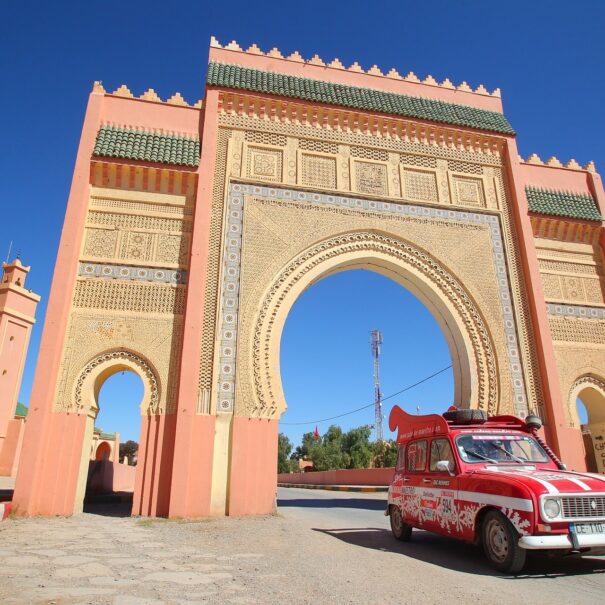

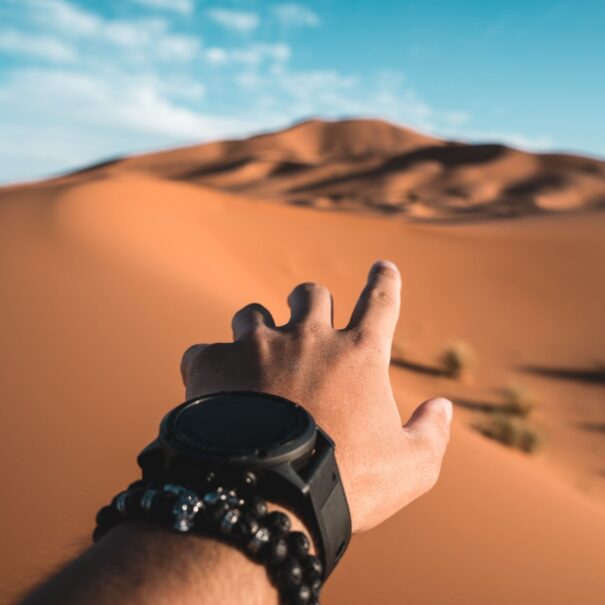
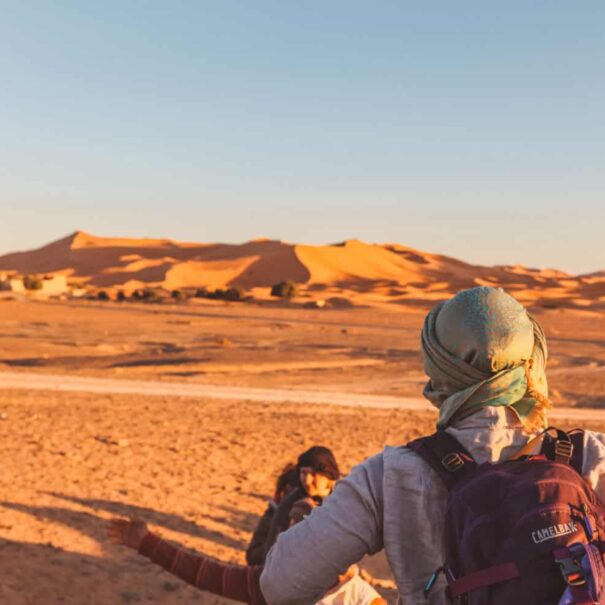
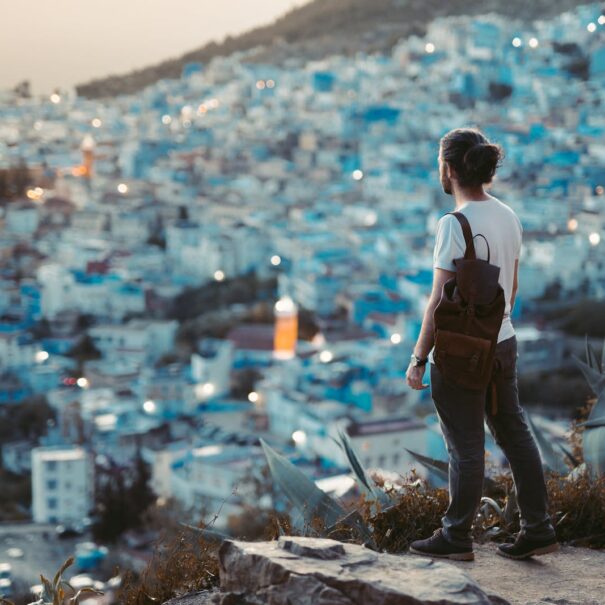
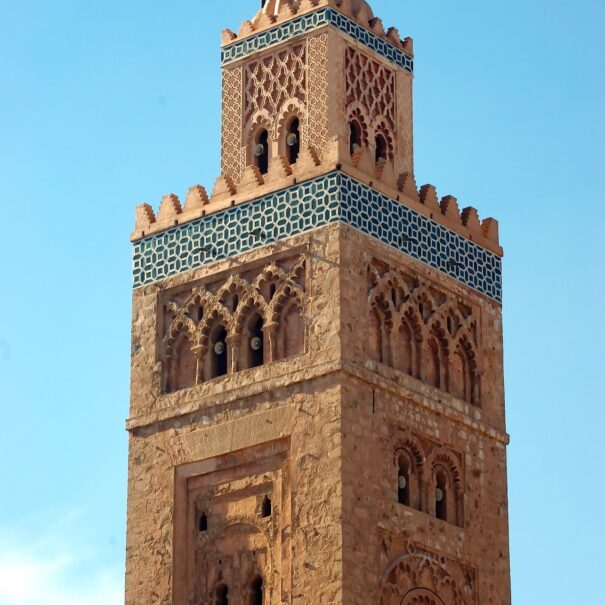
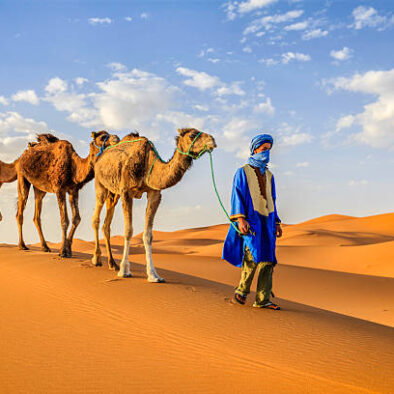

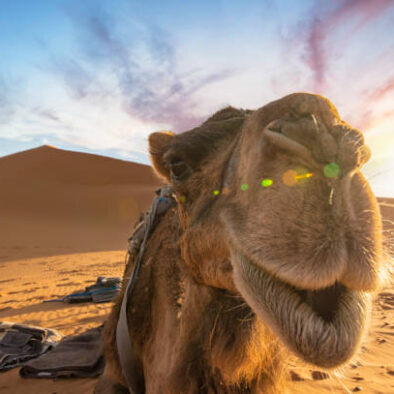
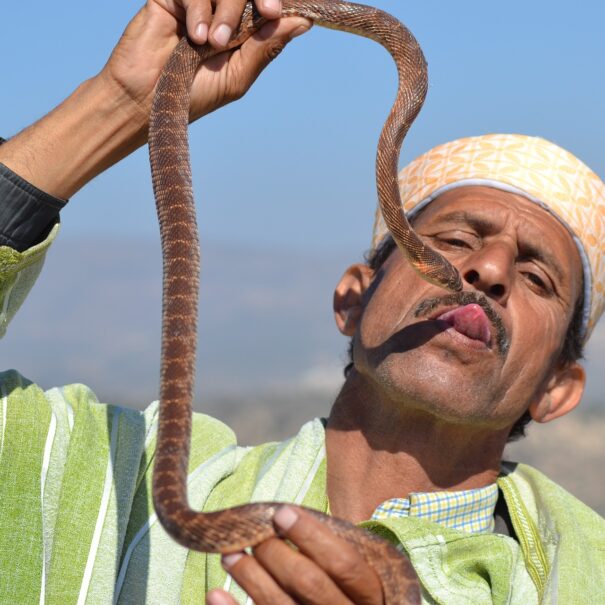

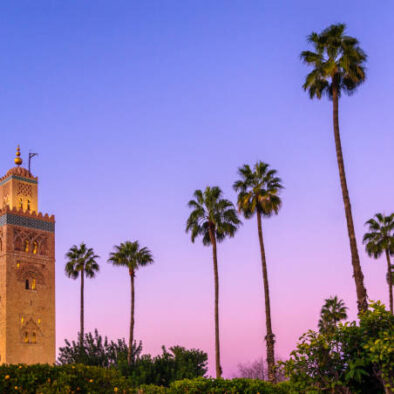
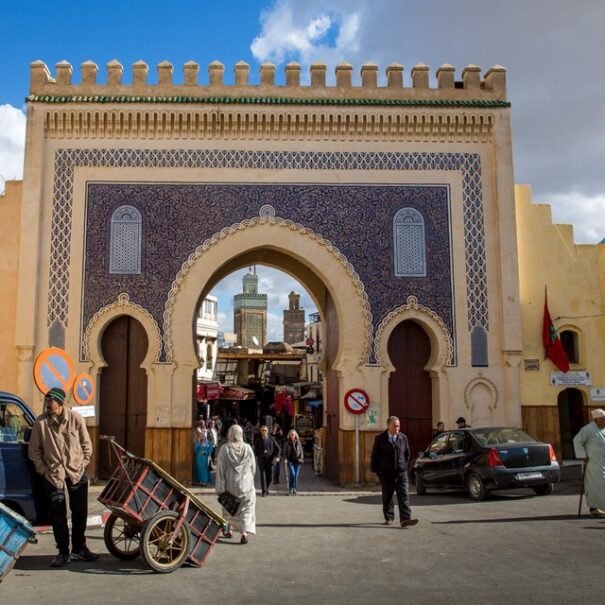
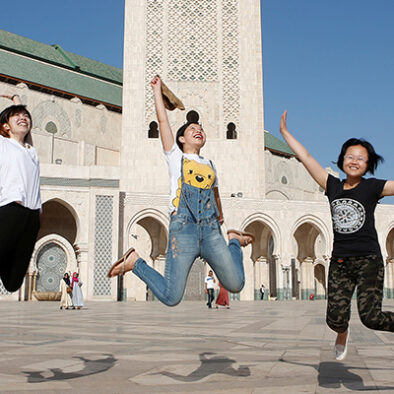
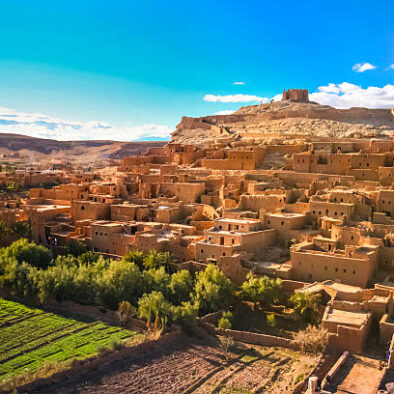
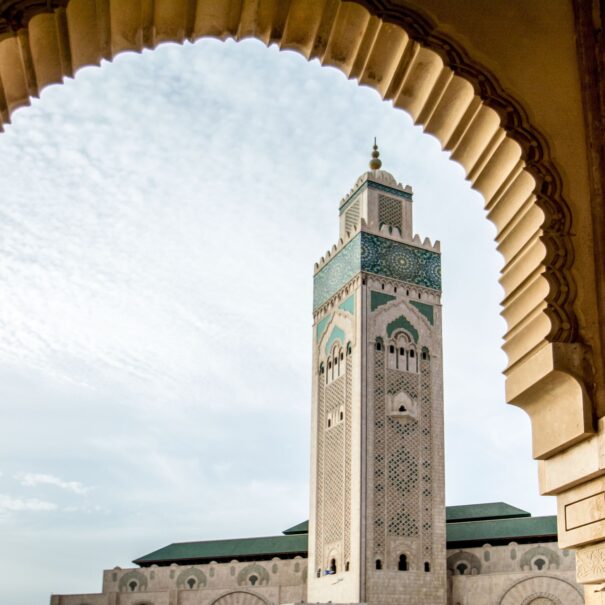
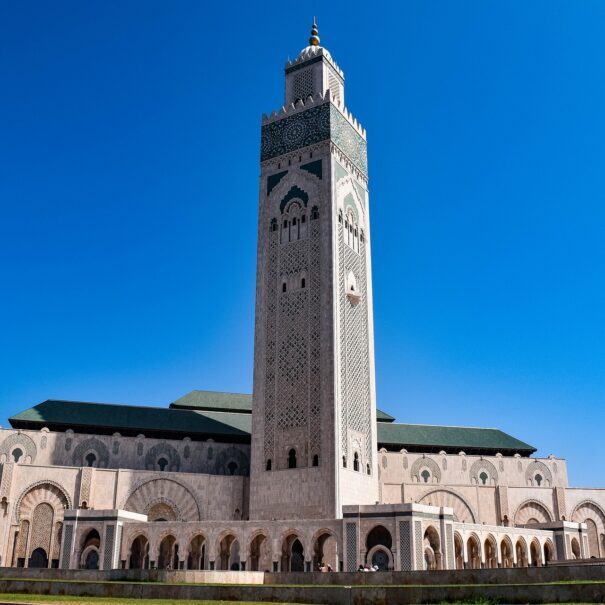
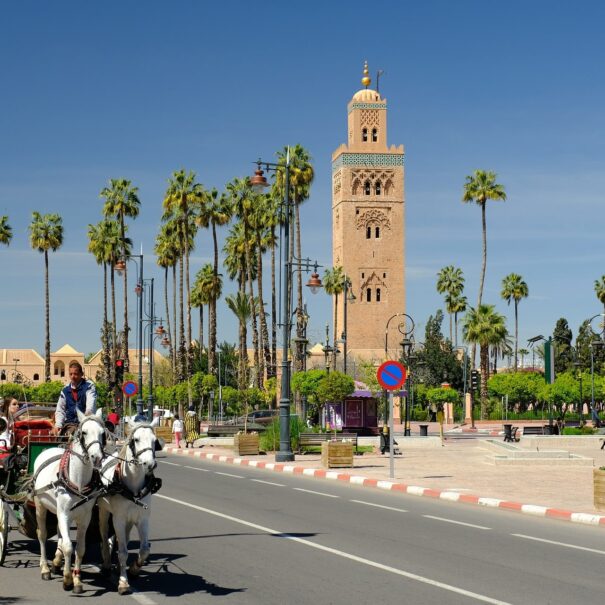
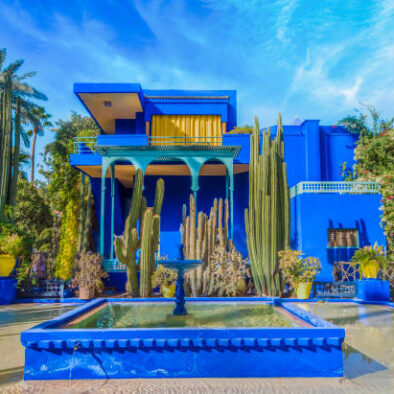


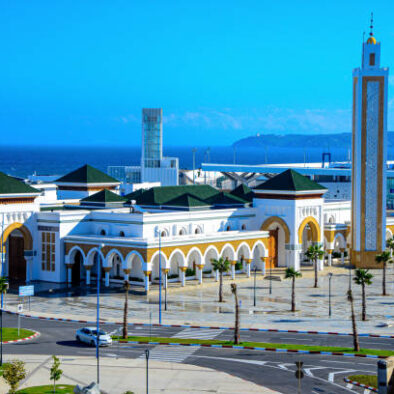
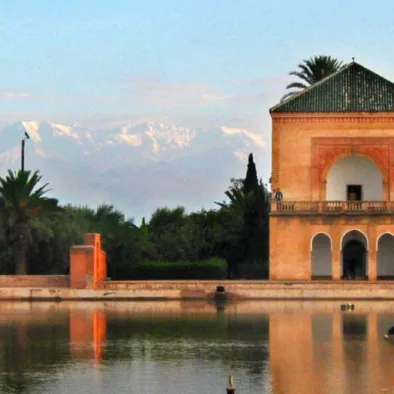

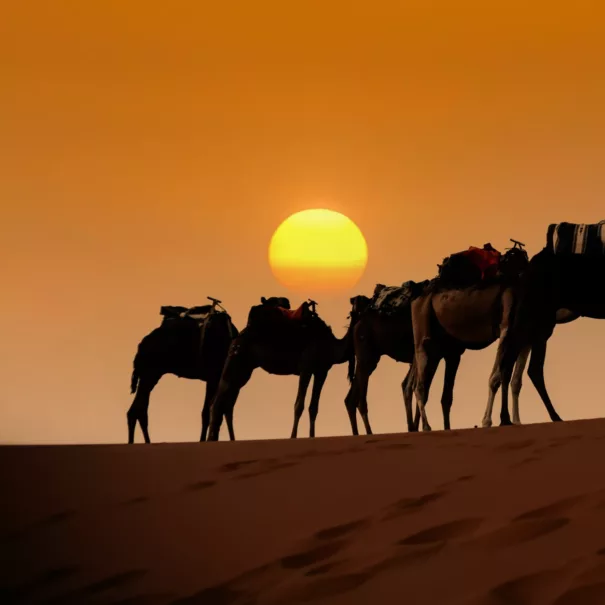
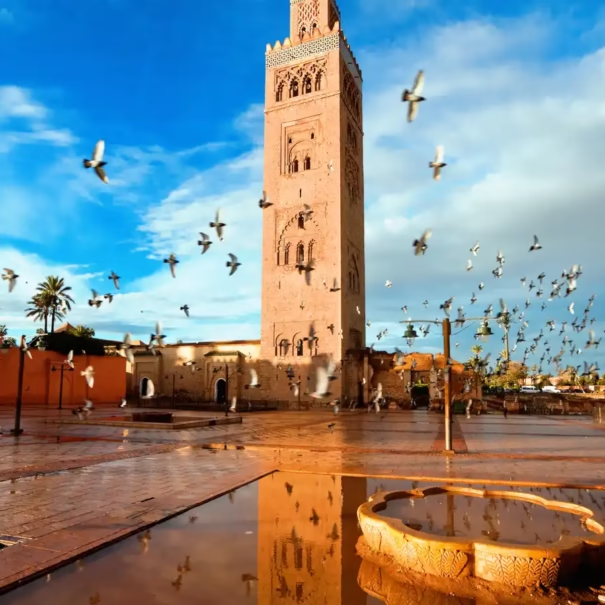

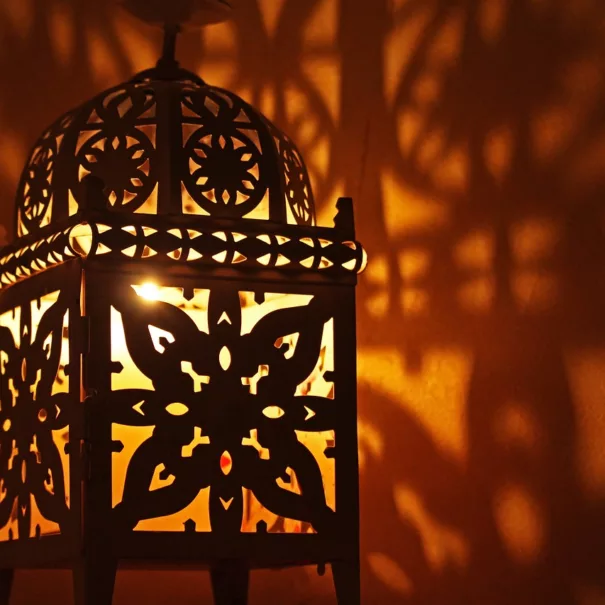
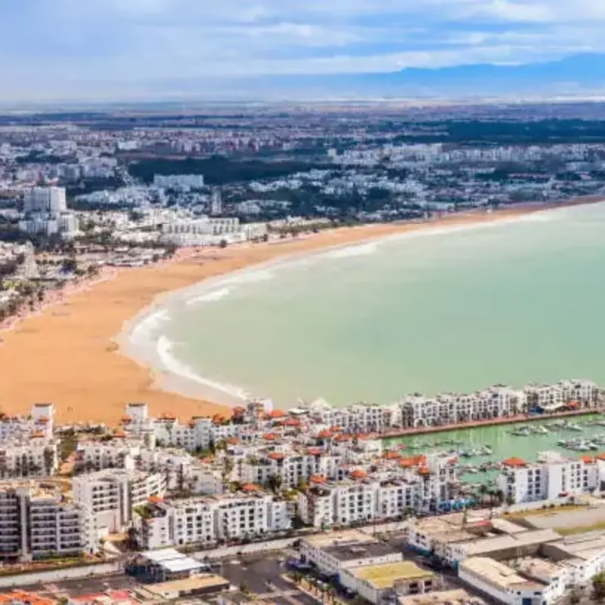
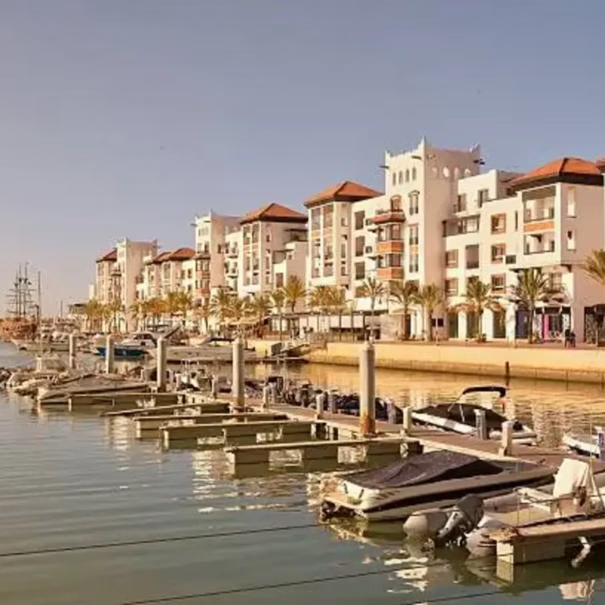

Leave a Reply